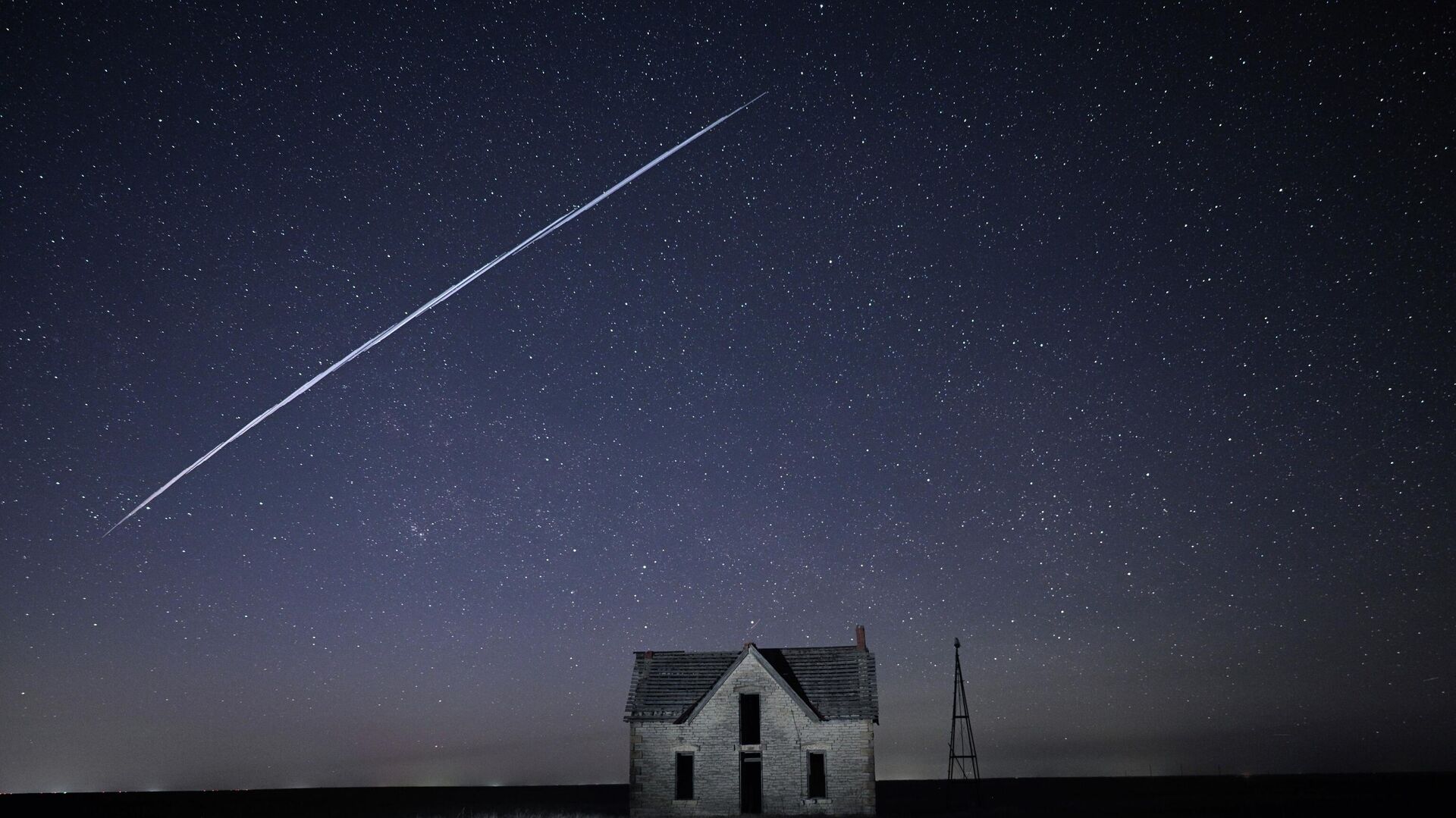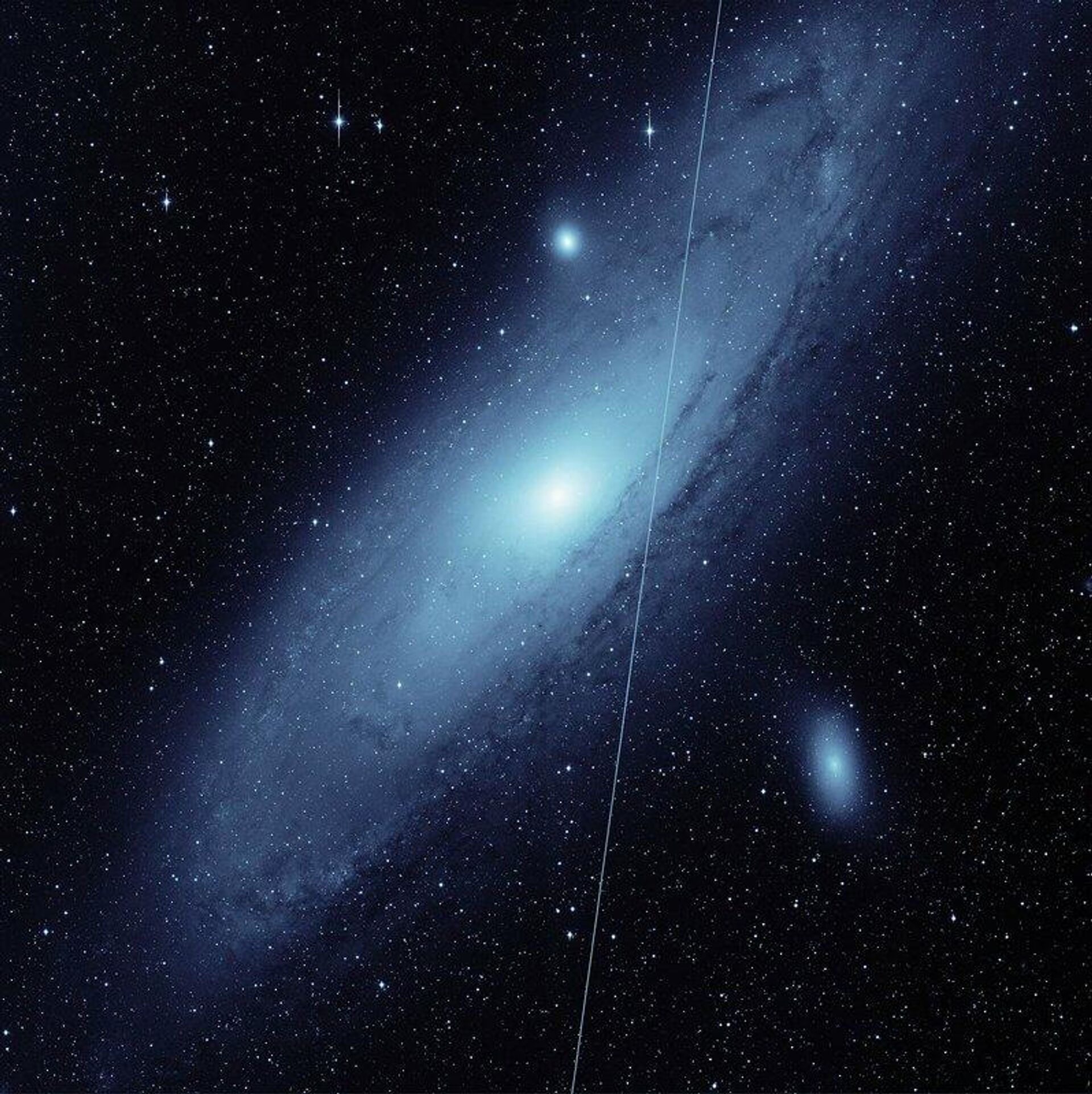SpaceX's Starlink Satellites Are Disrupting an Asteroid-Hunting Space Telescope's Scans
00:56 GMT 21.01.2022 (Updated: 16:57 GMT 12.04.2023)

© AP Photo / Reed Hoffmann
Subscribe
The Zwicky Transient Facility (ZTF), commissioned in 2018, is a wide-field sky astronomical survey designed to detect neutron star collisions and transient objects that rapidly change in brightness, such as gamma ray bursts. Since 2019, the facility has experienced an increasing number of disruptions associated with SpaceX's internet satellites.
Disruptive light streaks have impacted a considerable percentage of images captured by the asteroid-hunting ZTF, according to a survey that reviewed the California-based facility's operations, dating back to 2019.
"In 2019, 0.5 percent of twilight images were affected, and now almost 20 percent are affected," said Przemek Mróz, study lead and assistant professor in the University of Warsaw's Astronomical Observatory.
A total of 5,301 satellite streaks were seen on archival images taken between November 2019 and September 2021, according to the study.
SpaceX notably launched its Starlink internet satellite constellation in 2019. As of this article's publication, almost 1,800 Starlink satellites are orbiting the Earth at an altitude of approximately 550 kilometers.
The observatory scans the sky every two days, hunting for a temporary brightness or the brief appearance of objects or events, including supernova explosions.
Mróz said that while the Starlink satellites do not appear to impact non-twilight images, issues could arise if a company's satellite constellation goes into higher orbits. Twilight images refer to captures taken at dawn or dusk.

The streak from a Starlink satellite appears in this image of the Andromeda galaxy, taken by the Zwicky Transient Facility, or ZTF, during twilight on May 19, 2021. The image shows only one-sixteenth of ZTF's full field of view.
Moreover, ZTF operations have hardly been impacted by the events.
"There is a small chance that we would miss an asteroid or another event hidden behind a satellite streak," Mróz noted, "but compared to the impact of weather, such as a cloudy sky, these are rather small effects for ZTF."
The survey also found that the visors installed on Starlink satellites in 2020 play a role in reducing the spacecraft's brightness, by an approximate factor of five.
